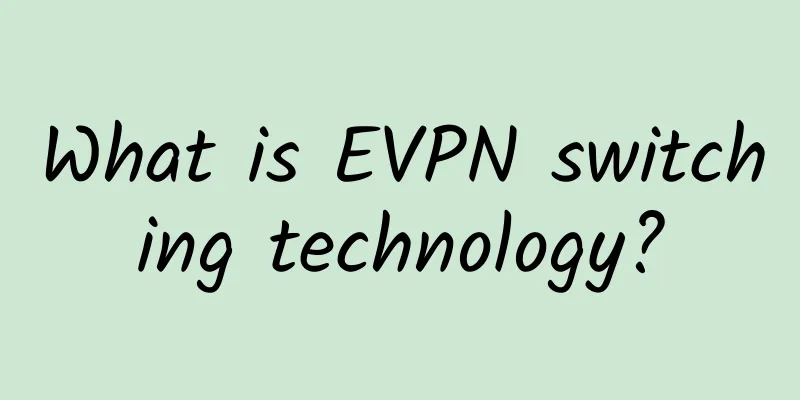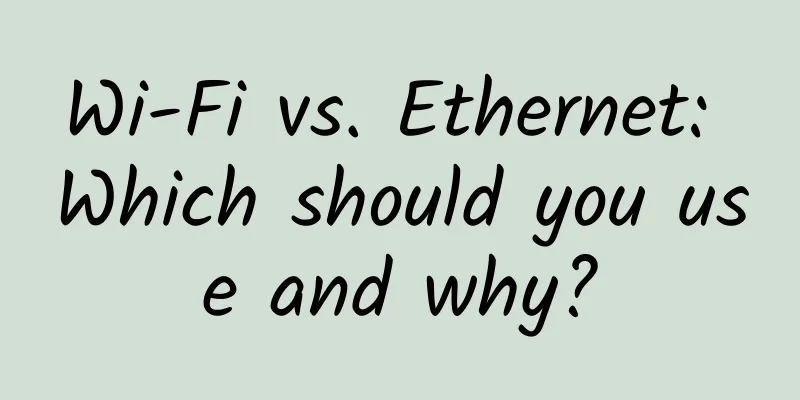The important thing in wireless in 2020 may not be 5G

|
With all the hype and anticipation surrounding 5G over the past 18 months, coupled with the ongoing COVID-19 crisis, many may have missed a potentially game-changing announcement in the wireless technology space earlier this year. In late April, the FCC voted to expand a portion of spectrum in the 6GHz band for unlicensed use. The FCC’s announcement has broad implications for Wi-Fi use in the home, particularly in smart home-related applications, and may be more meaningful to consumers than the broader publicity and hype surrounding 5G (at least in the short term). As for the details, the FCC voted unanimously to allow the entire 1200MHz of the 6GHz band to be shared with unlicensed Wi-Fi. This latest move by the Federal Communications Commission (FCC) frees up more spectrum for connecting 5G home devices to facilitate popular applications such as video calling and video streaming to connect to IoT devices. Before the FCC announcement, typical routers in homes could only broadcast their wireless signals on the 2.4GHz and 5GHz spectrum. The FCC announcement essentially allows routers to take advantage of more open airwaves to broadcast Wi-Fi signals. The benefit for consumers and businesses is more reliable connections to next-generation devices. A little Wi-Fi background It’s worth noting that this is the largest spectrum expansion by the FCC since 1989. In this case, it’s a pretty good deal for the industry. The new spectrum radically increases the space available for routers and other connected devices by up to 4 times. For any device that can utilize the 6GHz band, not only will you get more bandwidth, but you’ll also see a significant reduction in interference. Qualcomm FastConnect Wi-Fi 6E Solution Portfolio QUALCOMM Consumers and businesses can expect to see 6GHz Wi-Fi supported in devices and routers called "Wi-Fi 6E" in the near term. Typically, you can expect major leading router manufacturers such as Netgear and Linksys to lead the rollout of Wi-Fi 6E-enabled routers. From a technical component perspective, many would expect Qualcomm to play its typical leadership role, powering smartphones and next-generation routers with its high-performance Wi-Fi 6E chip products. Today’s smart homes amplify one of the reasons traditional Wi-Fi technology is flawed It’s hard to find a consumer who has never had difficulty with WiFi at home. Almost all consumers have experienced unstable or even failed WiFi connections at home. An unstable Wi-Fi connection can be caused by many reasons, but “spectrum congestion” is often one of the main reasons. This happens when too many devices try to connect on the same frequency band. Some devices drop out, and your network wireless performance degrades and becomes less reliable. With it not uncommon for 20 or more devices in a single home to compete for the 2.4GHz or 5GHz band, this problem is a leading cause of user dissatisfaction and irritated consumers. It also becomes a barrier to unlocking the full potential of your smart home. Wi-Fi 6E has the potential to ease "spectrum congestion" From a practical implementation perspective, Wi-Fi 6E will provide wider bandwidth for routers to use without having to overlap signals like many modern Wi-Fi channels. Without using any other available spectrum, 6GHz has enough headroom to accommodate up to seven larger Wi-Fi streams that can broadcast simultaneously without interfering with each other. This is a very critical issue. With all these advantages, users shouldn't expect to get faster Wi-Fi. Wi-Fi 6E's theoretical ceiling speed (9.6Gbps) is the same as 5GHz Wi-Fi, and the maximum speed of Wi-Fi 6 is the latest Wi-Fi version. On an optimistic note, the new airwaves should increase overall Wi-Fi speeds; 6GHz will allow the next generation of routers to broadcast at the current maximum allowed channel size, which will translate into faster connections. Naturally, speeds will be limited by what your home ISP offers, but it could be a big step forward. Summarize As with all things in life, Wi-Fi 6E will not be a free lunch. To take full advantage of this new wireless protocol, users will need new hardware at the router and device level. Devices tend to follow the arrival of new router hardware, so don't expect to see Wi-Fi 6E in your favorite IoT-connected devices (such as smart door locks or thermostats) before the first half of 2021. Current devices and their existing routers will not be able to upgrade. Early adopters interested in the potential of Wi-Fi 6E should expect to pay more for supported routers as manufacturers look to extract as much price premium and profit as possible from their latest-generation products. This pricing cadence has been followed by every major wireless standard over the past decade, from 802.11ac (launched in 2008) to today's Wi-Fi 6 (802.11ax). Wi-Fi 6E will enter rapid development in the second half of 2021, which will make wireless connections more reliable, powerful, and worry-free. As mmWave-based 5G becomes more common over the next 24 months and competes to replace fiber and copper as the main connection "pipes" into the home, Wi-Fi 6E should be a welcome addition, capable of handling the dozens of connected devices that will emerge in a typical smart home, so Wi-Fi 6E can't arrive soon enough. |
<<: TCP reliable transmission, flow control, congestion control, the essence of TCP is all here
>>: Here is everything you want to know about 5G progress and next steps
Recommend
HostXen offers 50 yuan for new users, 50 yuan for old users who charge 300 yuan, and monthly payment for 6G memory package starts from 70 yuan
HostXen launched its first promotion after the Lu...
What is 10Gb Ethernet
Ethernet is a technology used to connect various ...
Embracing the edge: Unleashing the potential of on-board computing
Most discussions about technology transformation ...
The difficulty of operation and maintenance has reached a new level - it does not exist!
What is the data center most afraid of? Power out...
5G has been promoted for three years, why do some people still insist on using 4G? It turns out that I thought too simply
In recent years, there have been more and more vo...
WebTransport launches its application practice
Business Challenges of Web Broadcasting Whether i...
What is optical network?
Optical networking is a technology that uses ligh...
Visit the exhibition area without leaving home and experience Huawei's 5G technology beyond your imagination
[51CTO.com original article] Not long ago, Huawei...
ICO was wiped out, is blockchain technology a blessing or a curse?
In the first half of this year, with the skyrocke...
VIRPUS: 40% off on all VPS, Seattle data center, XEN architecture, monthly payment of $2, annual payment of $20
VIRPUS has released a December discount, offering...
The co-chair of the IPv6 Working Group pointed out the root cause of the slow development of IPv6 in one sentence!
Today, the Internet world is slowly transitioning...
A white-label vendor's perspective: The evolution of minimalist switch NOS
Traditional switch operating systems (NOS) are a ...
There are five main WAN connection technologies!
1. DDN DDN is the abbreviation of Digital Data Ne...
Sharktech: 1Gbps unlimited traffic high-security server starting at $59/month, Los Angeles data center
I saw a friend looking for a 1Gbps unlimited traf...
F5 and H3C Sign SDN Solution Cooperation Agreement
Recently, H3C, a leading manufacturer in the IP n...









